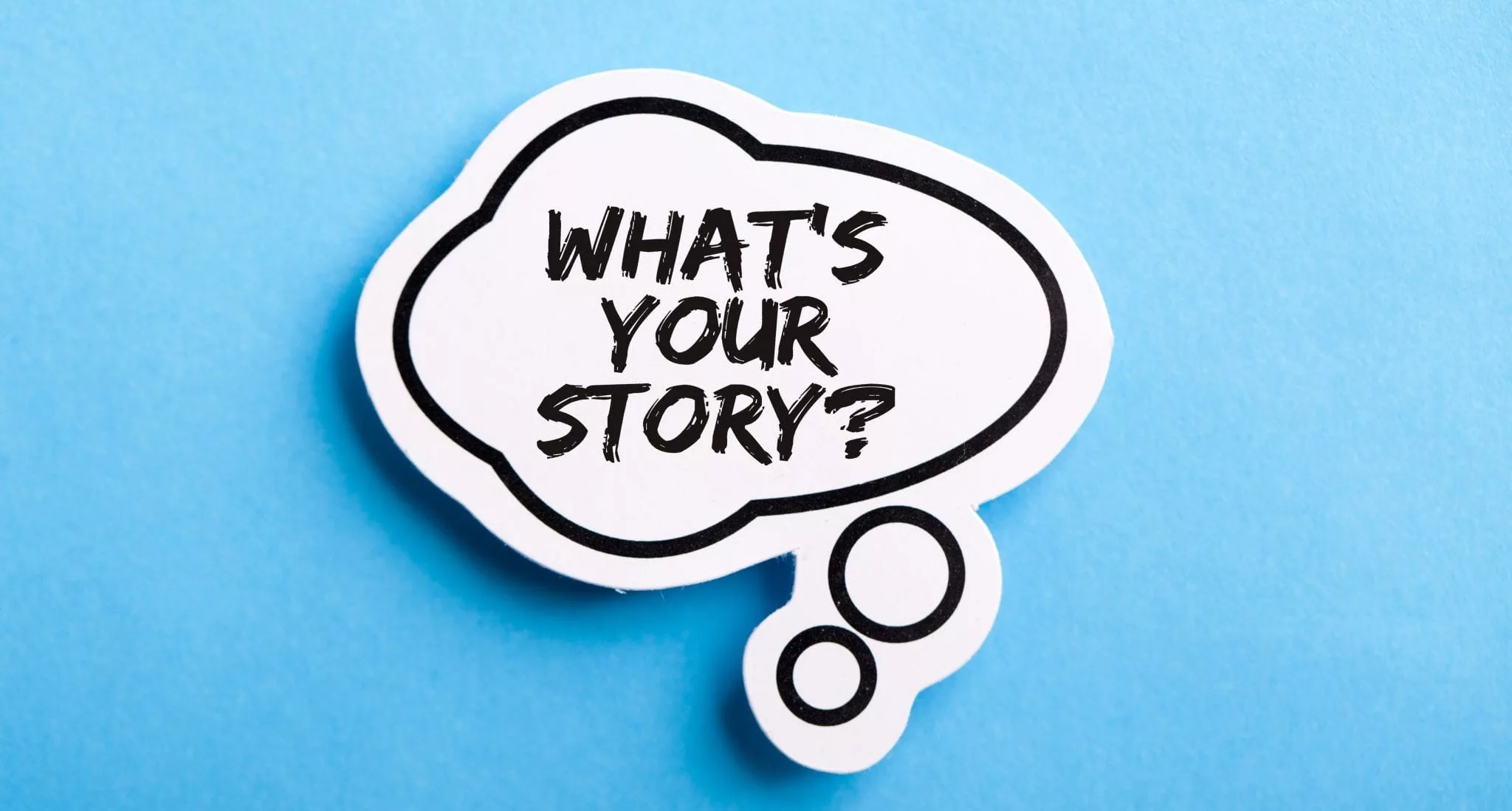Storytelling isn’t just a tool for novelists or filmmakers—it’s an incredibly powerful skill for bloggers too. Crafting a story in your posts can transform ordinary information into something that resonates, connects, and even entertains. Today, let’s dive into why storytelling is so effective in blogging and explore practical techniques you can use to create posts that feel like a friendly chat with a friend. Grab a coffee, settle in, and let’s chat about how to weave storytelling into your blog like a pro.
Why Storytelling Matters in Blogging
Let’s face it: people don’t remember facts and figures; they remember how something made them feel. When you share a story, you invite readers into an experience, giving them a way to connect emotionally to what you’re writing about.
Imagine reading a blog post about budgeting. One post lists numbers, budgeting methods, and lots of data. Another post starts with a story about the writer struggling with debt, finding their way out, and then sharing tips from personal experience. Which one are you more likely to connect with?
The Science Behind Storytelling
There’s actually research supporting the impact of storytelling. When you tell a story, it triggers different parts of the brain that activate memory and emotion. This means that stories are literally more memorable. This is why storytelling in blogging is more than a nice-to-have—it’s a powerful tool for engagement. Your readers are more likely to keep reading, remember your message, and even act on it.
Key Elements of an Engaging Story
Let’s start with the basics. Every story needs a few core components to resonate with readers: a relatable character, a challenge or conflict, and a resolution.
- A Relatable Character
This is often you, the writer, but it could also be a client, a friend, or even a fictional character. The point is to make the character relatable to your readers. Think about what your readers struggle with or dream about, and then present a character they can see themselves in. - A Challenge or Conflict
What’s the issue your character is facing? Maybe it’s frustration with trying to increase blog traffic, a struggle to balance work with family, or difficulty saving money. The conflict or challenge is where readers get invested because they can relate to the problem. - A Resolution
Every good story has some kind of conclusion. You don’t need to solve world peace here; it could be a simple “aha” moment, a change in perspective, or a practical solution to a problem. A good resolution leaves readers feeling satisfied or inspired, and it often includes a takeaway they can apply to their own lives.
Techniques for Crafting Compelling Blog Stories
Now, let’s talk about how to weave these elements into your blog posts to create an engaging story. Below are a few techniques to get you started.
1. Start with a Personal Hook
The first line is like an invitation to your readers. If it’s interesting or relatable, it’ll draw them in immediately. Starting with a personal story or confession can feel inviting. For example:
“I used to think blogging was just about sharing information. Then one day, while reading an article that had me laughing and nodding along, I realized it was so much more.”
A personal hook works because it’s authentic, conversational, and opens up the possibility for your reader to see a bit of themselves in your story.
Pro Tip: When crafting your hook, think about one specific moment or feeling that would capture your readers' attention and set the stage for your story.
2. Show, Don’t Just Tell
Rather than telling your readers what to think, show them the experience. Paint a picture with descriptive language that lets them imagine the moment. Let’s say you’re writing about the challenge of sticking to a budget. Instead of saying, “Budgeting is hard,” you could write:
“As I walked past the café on my way to work, the smell of fresh coffee and croissants almost pulled me in. I knew my budget was tight, but the urge to indulge was strong.”
This level of detail helps readers feel the experience, making your story richer and more immersive.
3. Keep Your Readers in Mind
Your story is most effective when it aligns with what your readers care about. Consider who you’re writing for and what they value. Are they parents looking for time-saving tips? Aspiring freelancers trying to build their own business? Knowing this helps you shape stories that feel personally relevant to them.
If your audience is primarily made up of bloggers, for instance, think about what challenges they face—like gaining traffic, finding their niche, or overcoming writer’s block. Sharing a personal story about overcoming one of these obstacles will make your content not only relatable but valuable.
4. Use Dialogue to Add a Human Touch
Adding dialogue can bring a story to life and make it feel more personal. It doesn’t have to be elaborate; even a simple sentence like “I thought to myself, ‘Why isn’t this working?’” can help readers feel like they’re part of the conversation.
Making Your Message Memorable

Stories work best when they reinforce your message. As you reach the end of your story, connect it back to the main takeaway or lesson you want readers to remember. Think of it as a kind of “moral of the story,” but one that doesn’t feel preachy or heavy-handed.
For instance, if your blog post is about making extra money online, you could conclude with a reminder about why you started exploring those opportunities. Maybe it was to gain more freedom, pay off debt, or simply pursue a passion. This ending feels natural, brings your story full circle, and leaves your readers inspired to take action.
Bonus Resource: For those who want a deeper dive into online earning strategies, this step-by-step guide offers detailed advice on building a successful side income through blogging and affiliate marketing.
Examples of Powerful Storytelling Techniques in Blogging
Here are a few examples of popular storytelling techniques that bloggers can use to captivate readers.
- The Hero’s Journey
This classic narrative structure is perfect for bloggers sharing personal growth stories. It typically involves a “hero” (you) starting with a challenge, going through struggles, learning lessons, and eventually succeeding. This approach is ideal for blog posts about overcoming adversity, achieving a goal, or making a big change. - The “What If” Scenario
A “what if” scenario can be a great way to introduce a hypothetical situation that captures your readers’ imaginations. For example: “What if you could make a living doing something you love? What if you didn’t have to answer to a boss anymore?” This style invites readers to dream a little, making them more open to the advice or story that follows. - Relatable Failures or Mistakes
Sharing a failure or mistake can make you seem more approachable and relatable. For instance, you could write about that time you tried an elaborate SEO strategy that flopped, only to realize a simple tweak was all you needed. Readers appreciate honesty, and they’ll remember the lesson you learned because it’s shared in a real, down-to-earth way.
Embracing Storytelling to Build a Connection with Your Audience
Storytelling is as much about building trust as it is about engagement. When you share a story, especially a personal one, it allows readers to see the person behind the blog. This kind of transparency can foster a real connection, making readers feel like they’re part of a journey alongside you.
If you want to create a lasting relationship with your audience, embrace storytelling as a regular part of your blogging toolkit. It’s one of the best ways to communicate, entertain, and inspire.
Where to Start?
If you’re feeling stuck on how to get started, think back to the experiences that shaped your journey as a blogger. Your first post, your first “aha” moment, or even your biggest challenges can all serve as great storytelling material.
And for those looking to turn their passion into a full-time gig, check out tools like Wealthy Affiliate, where you can learn the ins and outs of building a profitable blog with a supportive community by your side.
Final Thoughts: Make Your Stories Work for You
The magic of storytelling in blogging lies in its power to connect and captivate. By focusing on authenticity, relatable details, and meaningful connections, you can turn any topic into a narrative that pulls your readers in and keeps them coming back.
So go ahead, share your story. Whether it’s big or small, humorous or serious, your unique experiences are what make your blog truly stand out. Happy storytelling!
Discover More
Be sure to explore our other articles in the Blogging category for more valuable insights!
Boost Your Business & Support Us!
When you click our links, you’re not just growing your business—you’re also supporting us at no extra cost!
















🚀 Let’s Spark a Conversation! 🚀Your voice matters! Drop a comment below and join the conversation. Whether you have questions, thoughts, or personal experiences to share, we want to hear from you. Your input can ignite new ideas and help others in our community. Let’s make this space vibrant and engaging—don’t hold back! 🌟💬